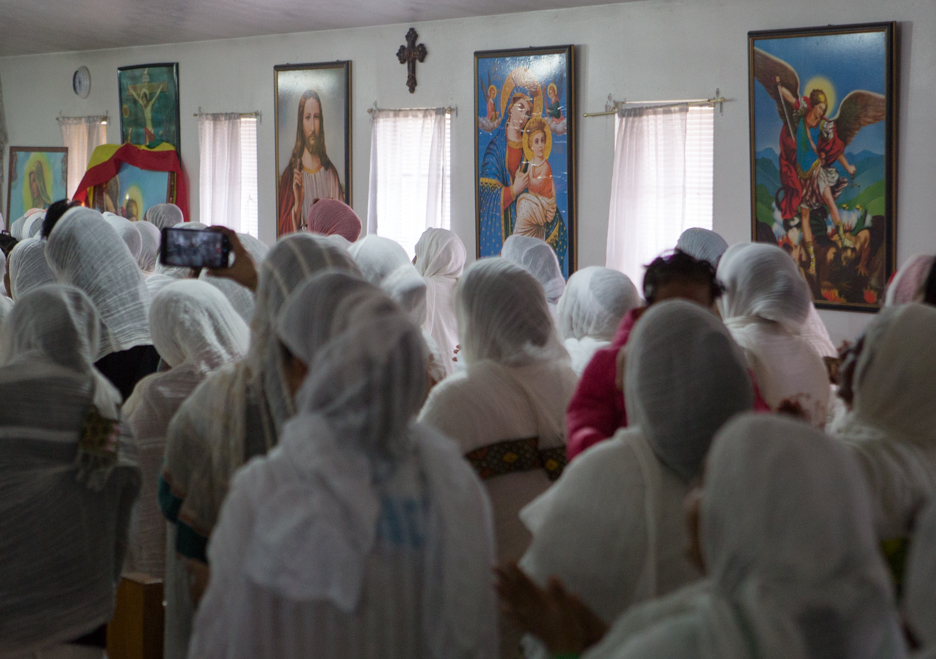Sound as a Point of Contact
Recordings, photographs, and text by Lauren Pond and Isaac Weiner Audio editing by Lauren Pond
One recurring motif to which the ARSP team has been attuned is how different sounds–including those deemed religious and those deemed secular–intersect and overlap in particular social contexts. We are interested in what it sounds like when religion spills outside of the institutional boundaries meant to contain it and, conversely, how the ambient sonic qualities of a given social situation shape the experience of religious life. In these moments, sound becomes a point of contact, mediating interactions among diverse religious communities, between religion and its broader social environment, and between human practice and the natural world. The following clips offer a few examples of what we have found.
1. Isha prayer at the Noor Islamic Cultural Center
Located just outside of Columbus proper, the Noor Islamic Cultural Center is one of Central Ohio’s largest mosques. On the day of the 2016 Presidential Election, the NICC served as one of the region’s largest polling sites. Likely for political and safety reasons, it abstained from projecting the Islamic call to prayer throughout the day, but resumed doing so for the last prayer of the evening, the Isha prayer, which took place shortly after the polls had closed. At the time this recording was made, it was pouring rain. The combination of the precipitation and the prayer made for a mournful-sounding recording — which, in retrospect, seems suggestive of the election outcome and the xenophobia and Islamophobia that have flourished since then.
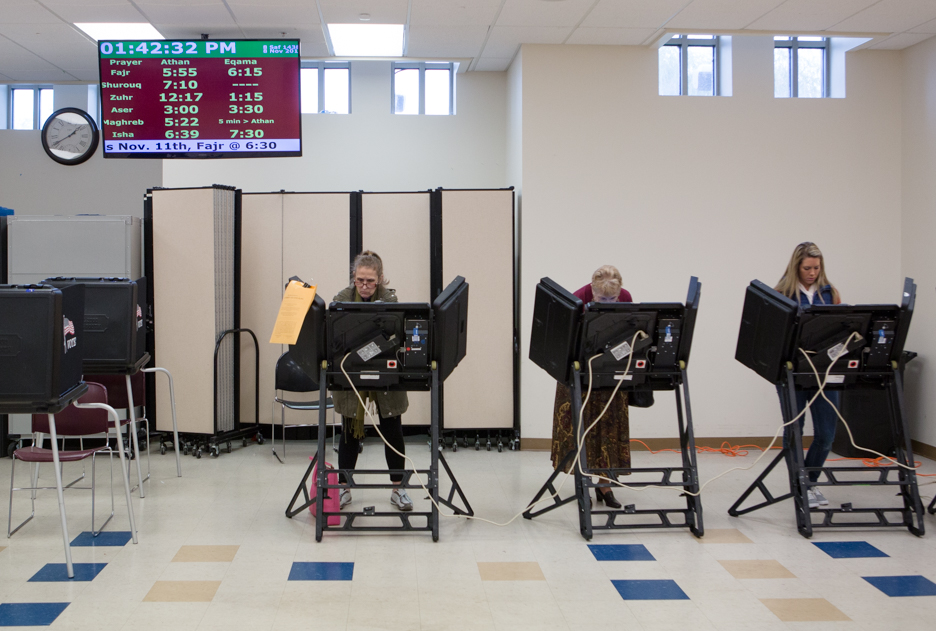
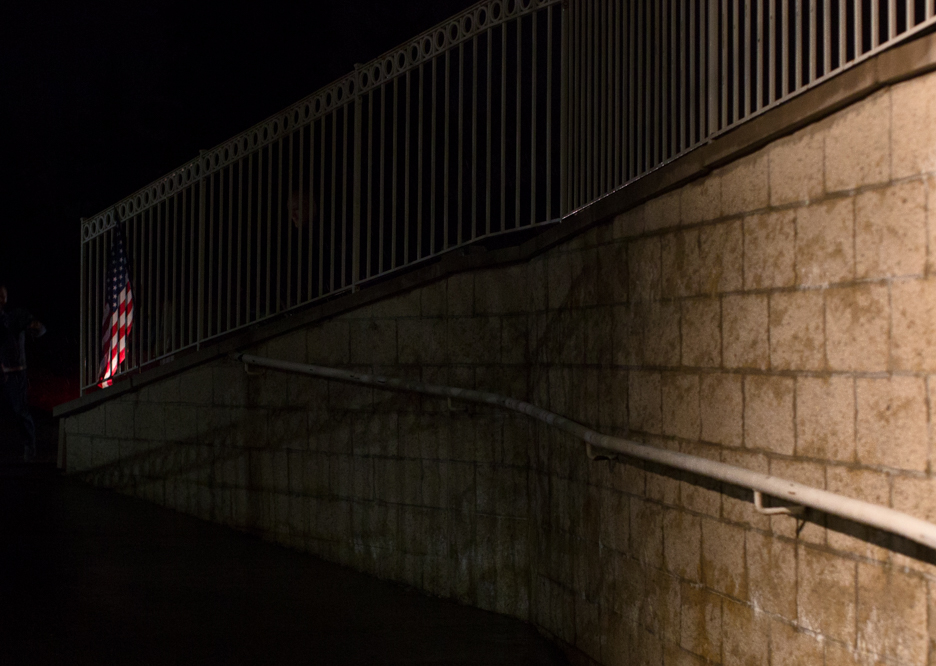
2. Buddhist Chant
Wat Buddha Samakidham is a Buddhist temple in the Theravada tradition, whose community consists primarily of Lao- and Thai-Americans. In May 2016, the temple celebrated Vesakha, or the Buddha’s birthday, with a special weekend-long festival. Inside, the temple’s resident monks engaged in lengthy sessions of chanting and meditation, while outside was staged a cultural bazaar, with food, kiosks, and vendors selling all sorts of Thai, Lao, and Buddhist-themed goods. This recording begins inside, with the monks, and then gradually moves outside, where the sounds of the monks’ voices can still be heard, just barely, amidst the background noise of the festival and nearby highway. Their faint echoes subtly undercut any sharp distinction between inside and outside, temple and marketplace, religion and culture.
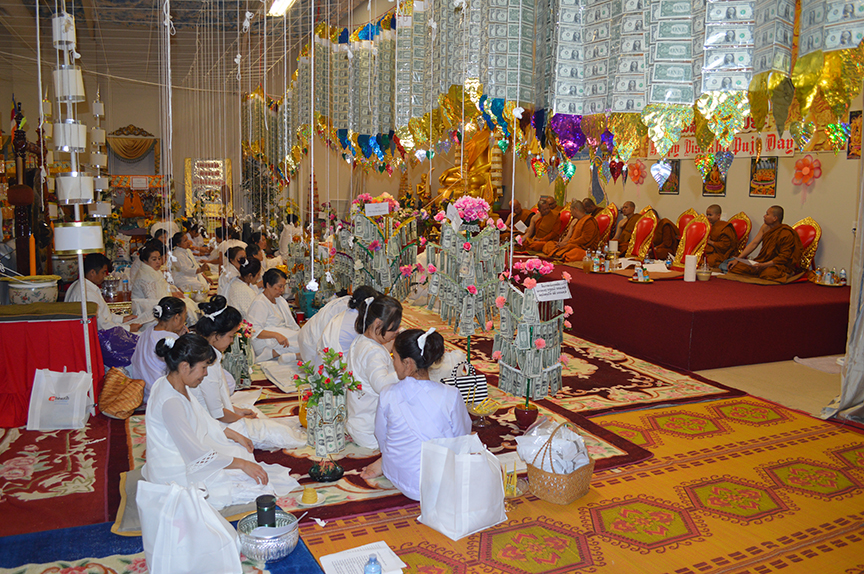

3. Meeting during Asatru Midsummer gathering
In July 2016, the Nine Worlds Kindred, an Asatru group based just outside of Columbus, convened for a Midsummer ritual. Asatru, rooted in ancient Germanic (predominantly Norse) literature and lore, is strongly nature-based. In this clip, the sounds of the Midsummer meeting at the group’s hof – a large, outdoor shed where many gatherings occur – spill outside and combine with the sounds of the surrounding farmland, underscoring the faith’s connection to the natural environment.
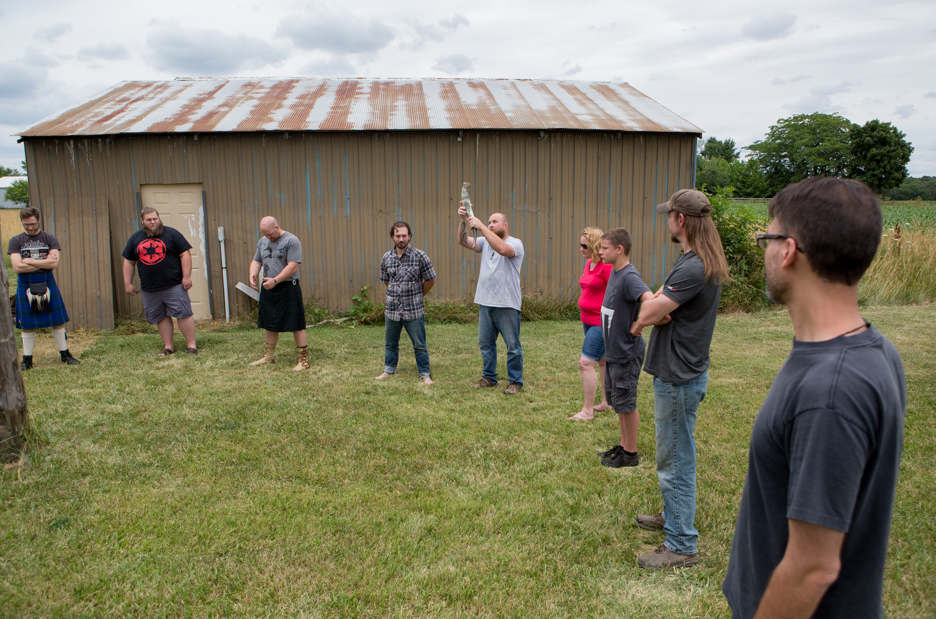
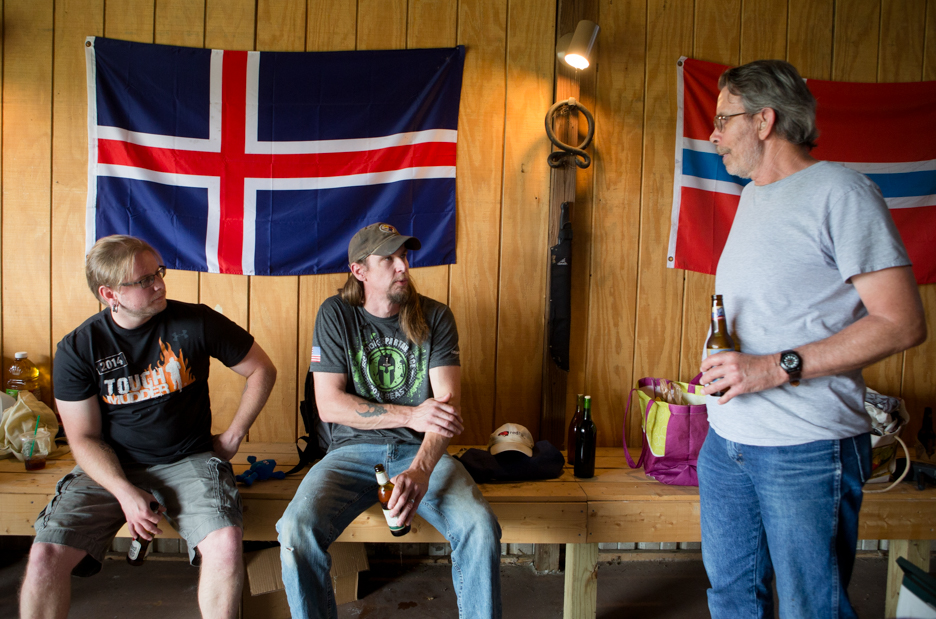
4. Ethiopian Timket celebration
In late January 2017, the Columbus Ethiopian Orthodox community observed Timket, a celebration of the Epiphany. The event began at a banquet hall on the southeast side of Columbus, from which community members transported a replica of the Ark of the Covenant to their church, located right alongside a busy thoroughfare. The following clip illustrates what this church service sounded like – from outside of the building. Sonorous music rattles the church windows and combines with the sounds of passing traffic, suggesting both the volume of this religious community and its integration into the city.

